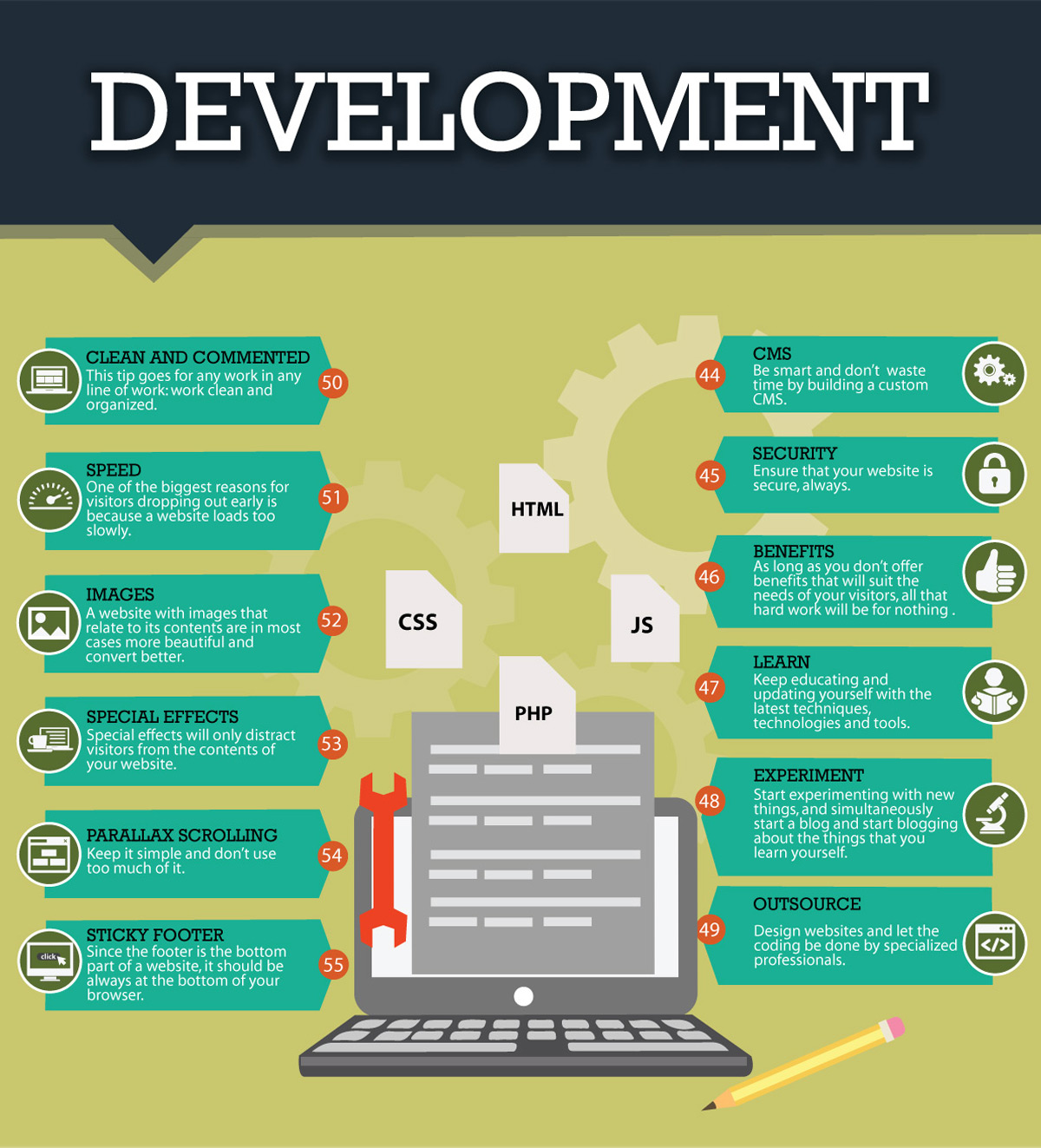Basic Facets Of Web Design: Guidelines For Developing A User-Centric Site
Basic Facets Of Web Design: Guidelines For Developing A User-Centric Site
Blog Article
visit the next web page By-Hovmand Neville
When it comes to website design, ensuring user-friendliness is crucial. From receptive layout to structured navigation, every element plays an essential duty in creating a site that satisfies your target market's needs. But what concerning the finer details that can make or break a customer's browsing experience? Stay tuned as we uncover some often-overlooked tips that can elevate your web site's functionality to the next level, making it absolutely attract attention in the digital landscape.
Value of Responsive Layout
Receptive style is a critical facet of contemporary web site development. Ensuring your website is receptive ways that it can adapt to various screen sizes and devices, offering a seamless experience for users.
With the boosting use of smartphones and tablet computers to access the web, having a responsive layout is crucial for getting to a wider audience. It aids in enhancing customer experience by making your website easy to browse and continue reading any kind of tool.
In addition, responsive design can positively impact your online search engine rankings, as online search engine like Google prioritize mobile-friendly internet sites. By having a receptive style, you're likewise future-proofing your website, as new gadgets with differing display dimensions continue to arise.
Simplify Navigation Structure
To enhance customer experience and help with simple accessibility to info on your website, streamlining the navigation structure is paramount. When designing your site, focus on developing a clear and user-friendly navigating food selection that assists site visitors discover what they're seeking promptly.
Limit the number of menu items to the basics, grouping relevant pages together to prevent overwhelming users. Usage detailed labels that plainly indicate the material of each page, making it much easier for users to comprehend where each web link will take them.
Think about applying dropdown menus for subcategories to stop cluttering the primary navigation bar. Furthermore, consist of a search bar prominently on the web page for users that favor searching for certain info.
Focus on mobile responsiveness in your navigating design to make certain easy gain access to on all devices.
Enhance Web Page Tons Rate
Improving page tons rate is vital for retaining visitors on your website. Slow-loading web pages discourage individuals and can bring about high bounce prices. To enhance page lots rate, begin by optimizing pictures. Compress photos without compromising high quality to reduce their data dimensions.
Furthermore, enable web browser caching to save regularly accessed sources in your area, speeding up load times for returning visitors. Minify CSS, JavaScript, and HTML documents by eliminating unnecessary characters, remarks, and formatting, enhancing lots speed.
Think about using a material delivery network (CDN) to disperse your website's web content across multiple web servers worldwide, lowering latency for users accessing your website from various areas. Finally, restrict the use of third-party scripts and plugins, as they can dramatically affect tons times.
https://cesarungzs.blog-eye.com/31251939/from-principle-to-launch-grasping-the-art-of-internet-site-growth
To conclude, by integrating receptive style, simplifying navigating, and maximizing web page tons rate, you can create an easy to use website that appeals to a bigger target market and boosts user experience. These essential elements make sure that site visitors can quickly gain access to and browse your site across different gadgets, bring about increased engagement and fulfillment. By concentrating on these vital facets, you can construct an effective web site that keeps users returning for more.
